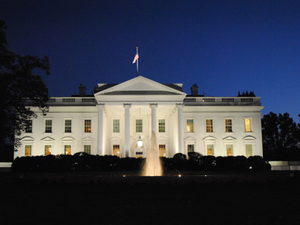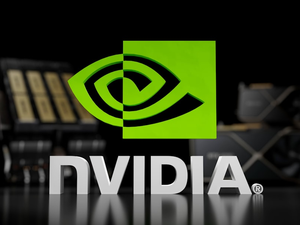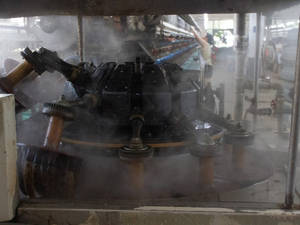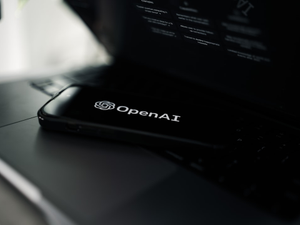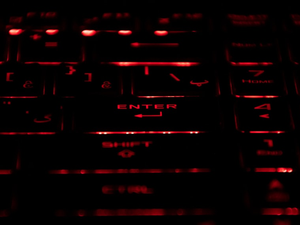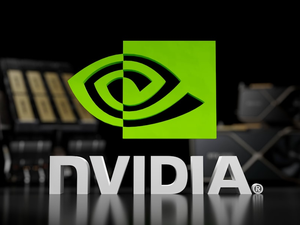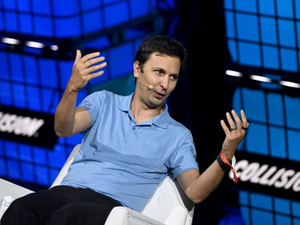OpenAI's Crazy $500 Billion Valuation: The AI Gold Rush Explained
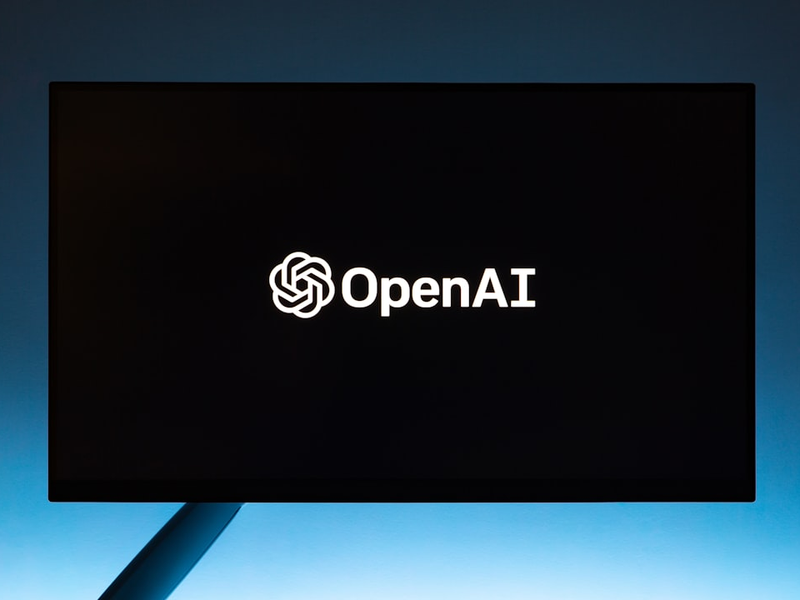
Photo by Andrew Neel on Unsplash
Silicon Valley is buzzing with another jaw-dropping startup valuation that could reshape the tech landscape. OpenAI, the artificial intelligence powerhouse behind ChatGPT, is reportedly on the verge of becoming the most valuable private company in the world with a potential $500 billion price tag.
The numbers are mind-blowing: OpenAI has already reached 700 million weekly active users and doubled its projected annual revenue to $12 billion in just seven months. Enterprise adoption has surged, with 5 million paying business users this month. Investors are betting big that ChatGPT could become as essential as Google, with some projecting it could generate $120 billion in annual revenue if it reaches 2 billion users.
However, the path to this astronomical valuation isn’t without significant challenges. The company is expecting a cash burn of $8 billion this year, with CEO Sam Altman acknowledging that infrastructure costs for AI are astronomical. He anticipates spending trillions of dollars on data centers in the near future.
The current AI investment landscape is equally wild. According to recent data, 65 percent of all venture capital raised this year has gone to AI companies. This trend suggests we’re in the midst of an AI investment frenzy that some are already calling a potential bubble.
Sam Altman himself seems philosophical about this, noting that bubbles often emerge when people get overexcited about a fundamental truth. In this case, the transformative potential of artificial intelligence appears to be that kernel of truth driving massive investments.
While the $500 billion valuation might seem surreal, it reflects the massive potential investors see in AI technology. Whether OpenAI can actually deliver on these astronomical expectations remains to be seen, but one thing is certain: the AI revolution is just getting started, and San Francisco is at the epicenter of this technological transformation.
AUTHOR: mls
SOURCE: Wired


